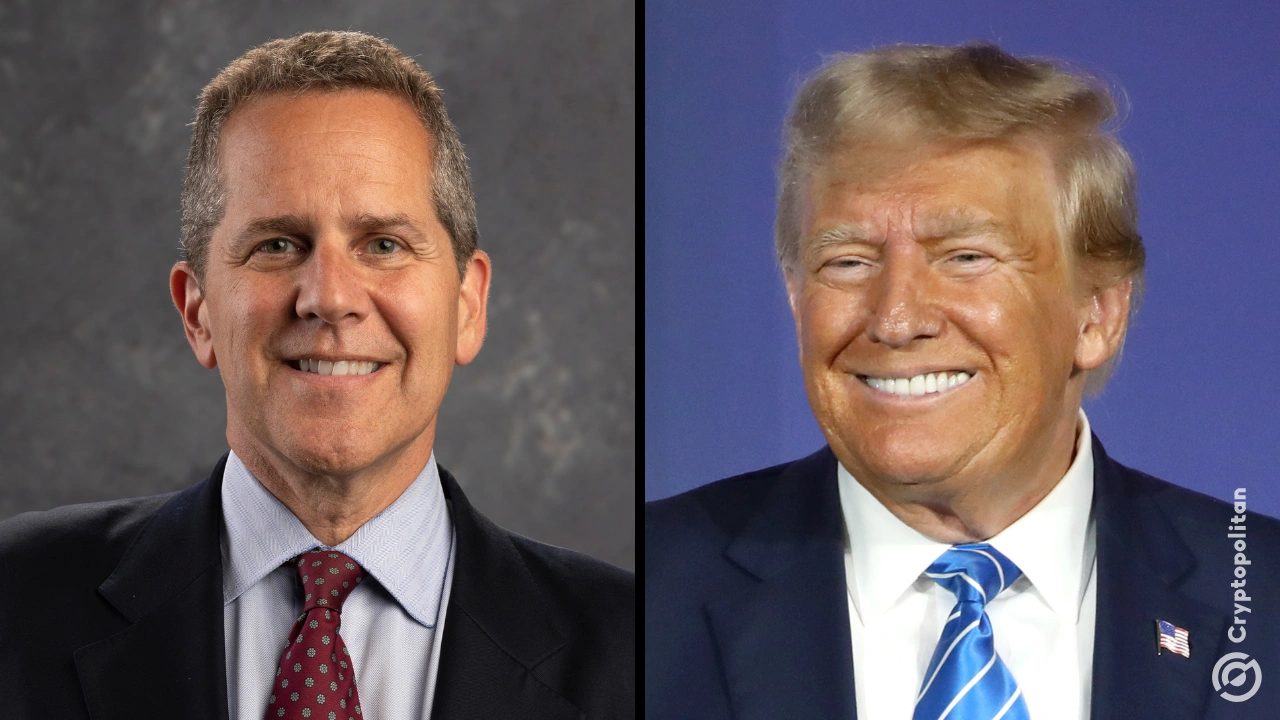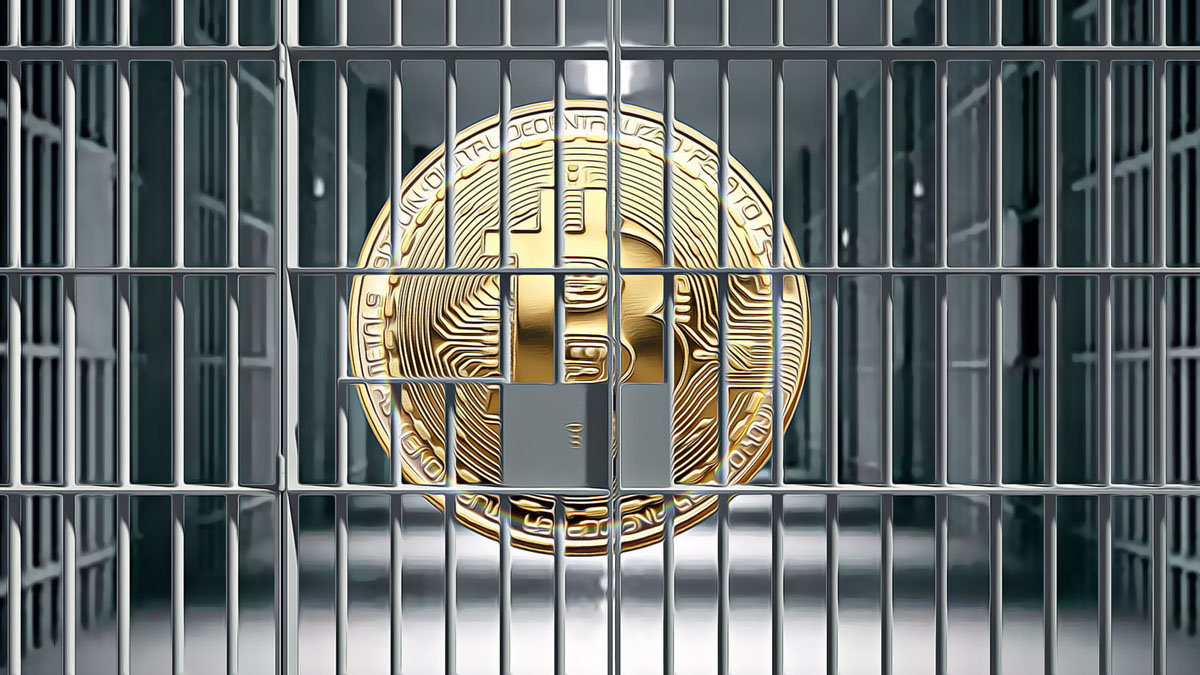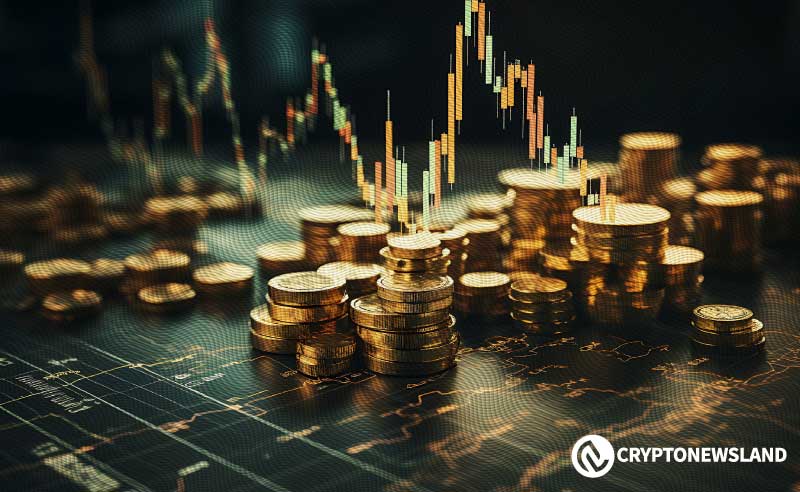
Michael Barr is out. The Federal Reserve’s Vice Chair for Supervision has announced he’s stepping down from the top regulatory job, effective February 28. The timing is unmistakably strategic.
President Donald Trump, back in power, isn’t exactly known for tolerating opposition, especially at the Fed. While he’ll leave his supervisory role, Barr plans to stick around as a governor on the Fed board until his term ends in 2026.
This guy has harassed both crypto and stock markets.
Barr made his stance clear in a carefully worded statement. Without naming Trump directly, he said, “The risk of a dispute over the position could be a distraction from our mission. In the current environment, I’ve determined that I would be more effective in serving the American people from my role as governor.”
Wall Street cheers Barr’s exit
Wall Street didn’t waste time reacting. Bank stocks rallied almost immediately after Barr’s resignation hit the news. The SPDR S&P Bank ETF, a tracker for the industry’s giants, jumped over 1%. Investors know what this means: a chance for Trump to name a pro-crypto and pro-banking appointee.
Barr’s exit also freezes the Fed’s ongoing regulatory projects. Key among them is the Basel endgame, a controversial set of rules aimed at tightening banking oversight. It’s been a sore point for the industry, and with Barr stepping aside, progress on these reforms is now on hold until Trump’s pick takes over.
The Vice Chair for Supervision role wasn’t always a thing. It was created after the 2008 financial crisis, a time when Wall Street’s biggest players were dropping like flies. Barr’s tenure wasn’t without its own drama.
In 2023, Silicon Valley Bank and a handful of others collapsed, triggering a crisis that forced the Fed to step in with a special liquidity facility to prevent a broader meltdown. While the immediate damage was contained, the episode raised questions about the Fed’s ability to foresee and manage risks.
It was a horrible time for the crypto industry too. As Fox Business journalist Eleanor Terrett pointed out: “Barr was widely considered to be a big part of the reason why banks have been unable to engage with and custody crypto.”
Trump’s history with the Fed
Trump’s relationship with the Federal Reserve has always been…complicated. During his first term, he slammed the Fed for raising interest rates, even floating the idea of firing its chair, Jerome Powell. While that didn’t happen, the tension between Trump and the central bank was a constant undercurrent.
Now, the Fed’s independence is under scrutiny once again. The president’s most direct influence on the Fed comes from his ability to appoint governors and assign key roles, including the chair. These appointments require Senate confirmation, but with Republicans controlling the chamber, Trump has a freer hand to shape the Fed’s leadership.
Powell’s term as chair ends in 2026, and Trump has already said he won’t fire him. Powell’s term as a governor lasts until 2028, but by then, Trump will likely have left his mark on the Fed’s policymaking body. Another vacancy looms in January 2026, when Governor Adriana Kugler’s term ends. These changes will give Trump a huge opportunity to steer the Fed in his direction.
During his campaign, Trump walked a fine line, saying he believed presidents shouldn’t interfere with monetary policy but also insisting the president should have some influence. He’s already made it clear he wants the Fed to be more aligned with his growth-oriented, low-regulation economic vision.
Can Trump fire Jerome Powell outright? It’s complicated. The Federal Reserve Act allows the president to remove board members “for cause,” but legal scholars say that’s a high bar, typically involving misconduct or abuse of power.
Removing Powell as chair though doesn’t mean he’d lose his spot as a governor. And even if Trump strips him of his chairmanship, Powell could still lead the Fed’s rate-setting committee, a position chosen by its members, not the president.
From Zero to Web3 Pro: Your 90-Day Career Launch Plan










